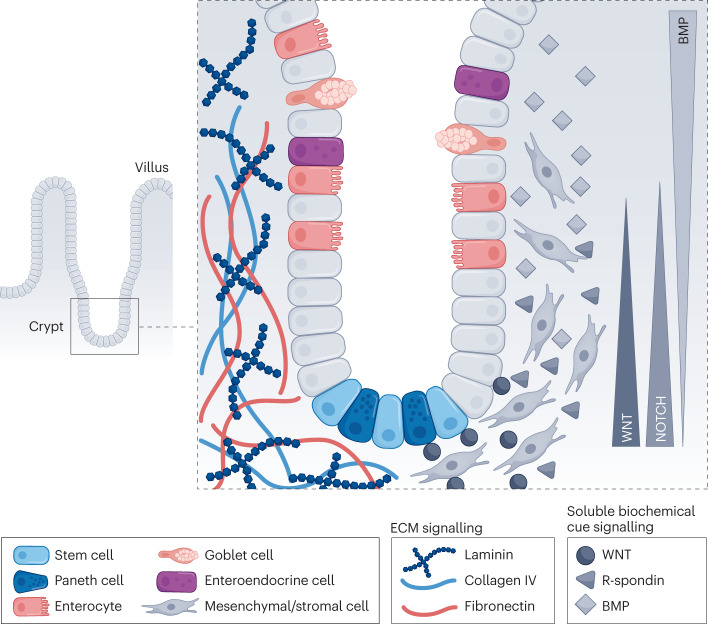Fig. 2. The intestinal niche and the current state of niche mimicry for intestinal organoids.
The intestine is organized into a crypt–villus architecture. The intestinal crypt contains crypt-base cell populations (such as intestinal stem cells and Paneth cells) and other differentiated cell types, including enterocytes, goblet cells and enteroendocrine cells. The niche is regulated by epithelial interactions with the surrounding mesenchymal/stromal cells and gradients of extracellular matrix (ECM) composition and soluble biochemical cues. BMP, bone morphogenetic protein.

